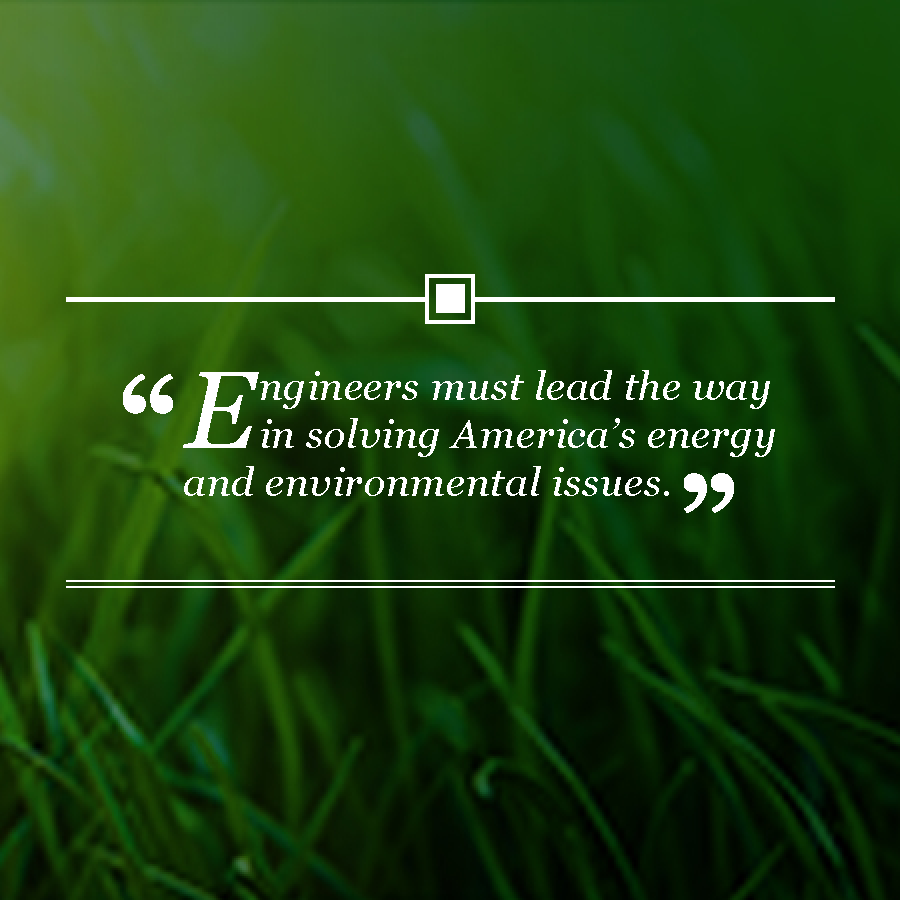
Globally accepted decarbonization goals seek to limit the world’s average surface temperature rise to no more than 1.5 degrees Celsius by the year 2100 (reduced from an initial target limit of 2 degrees Celsius). This aligns with the goal to achieve a net-zero economy, eliminating greenhouse gas emissions, by 2050. The U.S. government established a national goal of 100% carbon-free electricity by 2035. However, the world’s appetite for electricity continues to grow, with estimates of an increase between 55% and 65% above current demands by 2050. So how are we doing?
While great strides have been made and previous articles on this blog have discussed the growth of renewable energy generation (solar, wind, etc.) and the ongoing advancements in energy storage, we are not on track because of continuing challenges that require concerted efforts to accelerate the energy transition and more aggressive approaches to reduce energy demand and increase efficiency in facilities.
With respect to the transition to renewable energy, the siting, permitting, approval and financing of new projects, especially major transmission lines, continue to pose a challenge. In lieu of having a continental-scale grid like China and the European Union, the U.S. has three grids: one for the eastern U.S., one for the western U.S. and a separate one for Texas. These grids are only connected at a few points and share little power between them. They are further divided into a patchwork of operators, often with competing interests, which make developing and constructing long-distance power lines difficult.
While constructing renewable generation projects typically takes one to one-and-a-half years, major transmission projects can take from three to 10 years to complete. New regulatory and collaborative efforts, along with additional funding, are required to expedite the process.
Another challenge for renewable energy projects deals with scale. A recent 10-megawatt (MW) solar photovoltaic (PV) system was brought online, with the solar farm requiring approximately 66 acres. Replacing a 1,000 MW coal- or gas-fired plant with a solar PV farm would require approximately 6,600 acres, while replacement with an equivalently sized wind turbine farm would require approximately 83,000 acres.
While the public supports the need to transition to clean energy and reduce emissions, many communities have taken a “not in my back yard” attitude toward projects in their areas. They do not want these projects compromising the appearance and value of their real estate.

Concurrent with the need to accelerate decarbonization of the grid, reports, such as from Lawrence Berkeley National Laboratory, say that buildings account for approximately 40% of U.S. energy consumption. Concerted efforts will be required to reduce demand and increase efficiency.
Electricity generation is projected to increase 68.6% by 2050 and can be attributed to reasons including governments’ moves promoting electrification, converting to electrical vehicles, energy use and the exponential rise in energy required for artificial intelligence (AI), according to a Building Enclosure article. “The energy demand for AI is doubling every 100 days,” the article states. According to a TechRadar Pro newsletter article, Google and Microsoft each consumed 24 terawatt hours of electricity last year, more than the power used by 100 countries. The Building Enclosure article noted that with the increase in energy demand, “We must decarbonize the U.S. electric grid by more than 40 percent by 2050 just to break-even compared to total projected 2025 emissions.”
These projections emphasize the need to accelerate the tightening of energy codes and ordinances related to facilities, possibly modifying their approach, seeking to associate compliance with metrics or offering credits tied to reducing emissions, along with system efficiency.
Finally, several environmental issues must be addressed with the energy transition and the growth of AI. Renewable energy systems and electrical transportation require more minerals than fossil fuel generation and conventional gas-fired vehicles. It has been projected that “the energy sector’s overall needs for critical minerals could increase by as much as six times by 2040,” according to a 2021 International Energy Agency news release. For a world already experiencing a water crisis, the additional water demands from mining and data center cooling for AI will exacerbate the stresses on our freshwater system.
Engineers must lead the way in solving America’s energy and environmental issues. If we are going to meet decarbonization goals, engineers need to step up with creative and innovative solutions, along with the support and funding of government and industry stakeholders.
To learn more about Hanson’s experience and expertise in advising clients on their decarbonization goals, contact Bob Knoedler at rknoedler@hanson-inc.com or Bill Bradford at bbradford@hanson-inc.com.